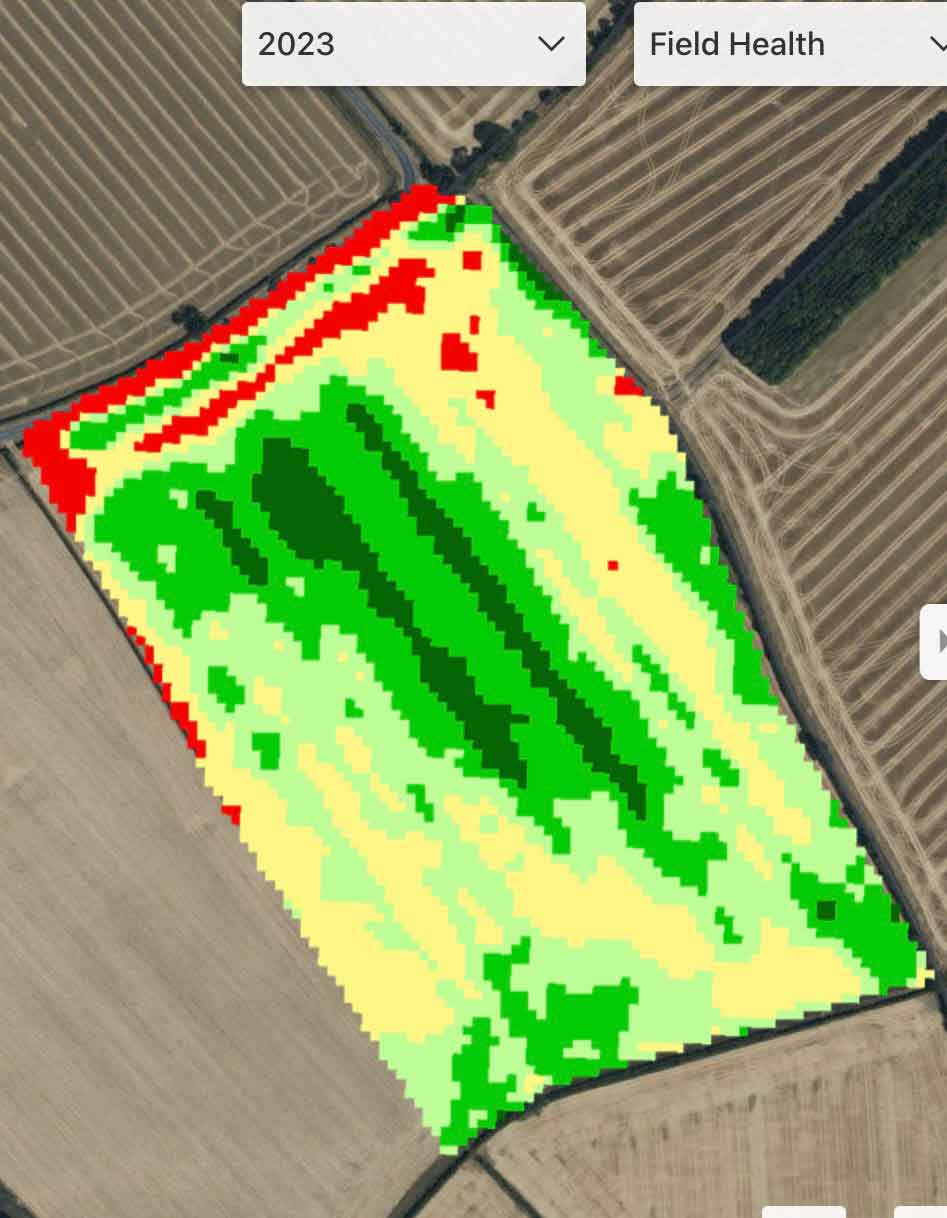Advertiser content
Farm trials prove value of biostimulants over fertiliser
When phosphate prices rocketed three years ago, Cambridgeshire arable farmer Russell McKenzie faced the same dilemma as many growers: how to maintain crop performance while keeping a lid on input costs.
Instead of simply absorbing the rising cost of Diammonium Phosphate (DAP), he decided to test whether biological alternatives could take its place.

Russell McKenzie © Unium Bioscience
“This led to a three-year project comparing the farm’s standard 200kg/ha DAP programme with 1 litre/ha of Luxor as a phosphate source in the first year,” explains Russell.
“In years two and three, the approach was adjusted to 0.5 litres/ha of Luxor combined with 0.5 litres/ha of Calfite Extra to improve nutrient use efficiency in second and third wheats,” he says.
Across all three years, the results were consistently as good as – and often better than – the conventional DAP programme.
“We started this work to reduce reliance on expensive fertiliser,” says Russell.
“Three years on, I can say with confidence that Luxor and Calfite Extra perform as well as – and often better than – standard DAP. The added bonus is we’re achieving it at a fraction of the cost.”
In the first year, Luxor alone outperformed DAP, giving an extra 0.9–1.3t/ha yield on first and second wheats and in years two and three, Calfite Extra was introduced on second and third wheats.
These combinations continued to deliver, with yield increases of 0.65–1t/ha in year two, and 0.65–0.7t/ha in a more challenging third year.

NDVI image from 2023. The dark green is Luxor treated with untreated on either side © Unium Bioscience
Tramline strip trials took place across five fields covering around 70 hectares, and the work has shown that biological products can replace fertiliser inputs without compromising output.
Behind the numbers is a biological system that improves how plants use nutrients already present in the soil. Luxor supplies key nutrients in a highly available form, while Calfite Extra helps to release phosphate bound in the soil and supports root growth.
Tissue analysis of the trial plots revealed nutrient levels were consistently 20% higher in treated plants from T0 through to flag leaf stage.
“Early application is key: applied in winter and followed in spring, the products stimulate rooting, boost photosynthesis, and improve the plant’s own ability to capture and use nutrients,” explains Andrew Cromie at Unium Bioscience.
“In the first six to eight weeks of a plant’s life, it takes up 40-50% of the phosphorus it will need. If you get nutrition right at that point, you set the crop up for the rest of the season.
Luxor and Calfite Extra improve nutrient use efficiency by making more nutrition available to the plant and helping it take it up. Stronger roots drive photosynthesis, which pumps carbon back into the soil, unlocking yet more nutrition.”
This creates a synergistic cycle: the crop feeds itself more effectively, while also stimulating soil biology. The result is stronger roots, more tillers, and ultimately, more biomass – factors that correlate strongly with higher yield.
“We’ve now introduced Luxical, a product that combines both Luxor and Calfite Extra,” adds Andrew.
Agrovista agronomist Phil Warham says that more farmers are now adopting Luxor, Calfite Extra, or the new Luxical as part of their standard crop nutrition strategy.
“What we’re seeing here is how Luxor and Calfite Extra can complement conventional nutrition programmes by improving nutrient use efficiency and crop resilience.
“They help the plant make better use of what’s already in the soil, while supporting rooting and photosynthesis at key stages.
“For growers, it’s a sustainable, practical option that fits seamlessly into existing programmes and supports long-term soil and crop health,” says Phil.
For McKenzie, the economic case is just as important as the agronomy. At £14/ha for Luxor compared with £130/ha for DAP, the savings are clear.
With carbon benchmarking now a feature of his business, reducing fertiliser applications also helps cut emissions.
“Margins are being scrutinised more closely than ever,” he says. “We need to be efficient with every input. These products give us confidence that we can farm at low P indices without detriment to yield.
“The products are also easy to adopt. Both are tank-mixable with other sprays and fit neatly into existing programmes,” he says.
The project has given Russell the confidence to continue reducing conventional phosphate use while maintaining output.
With fertiliser prices still volatile and scrutiny on nutrient use increasing, he believes biologicals will have an important role in future farming systems.
“After three years of consistent on-farm results, it’s clear this is about more than just cost savings – it’s about growing more resilient, efficient crops.
Luxor and Calfite Extra have proven their value. We now use Luxor plus Calfite Extra to supply phosphorus and strengthen rooting in the autumn, alongside a straight 30 kg/ha A/N application.
The cost works out at around £47/ha for the three products, compared with £118/ha for DAP.”
Provided by
Unium Bioscience is a science lead innovator in the biologicals, bio stimulants, specialty fertiliser and alternative crop protection industry, located in Howden, UK.
